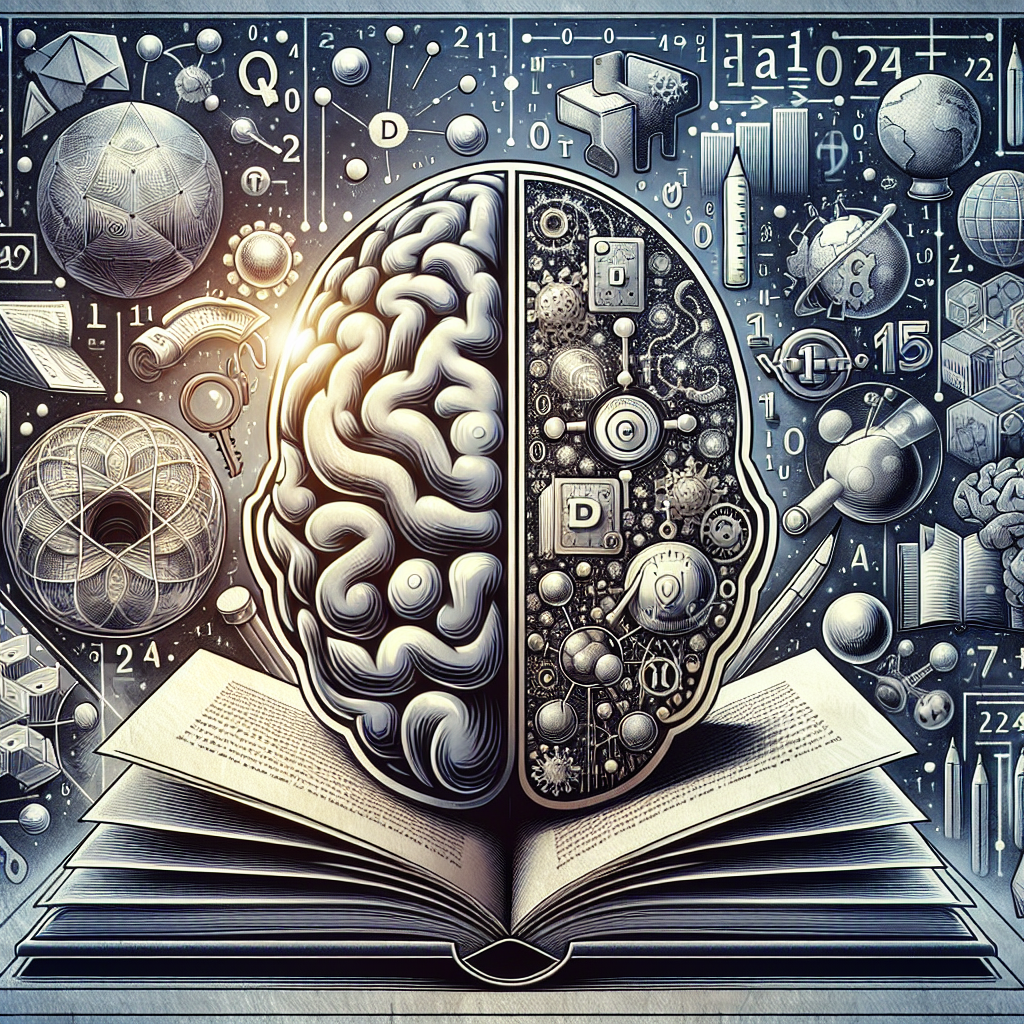Education is a fundamental aspect of human development and progress, and with the rapid advancement of technology, the way we teach and learn is constantly evolving. One of the most promising technologies that has the potential to revolutionize the field of education is Artificial Intelligence (AI). AI refers to the simulation of human intelligence processes by machines, especially computer systems. By integrating AI into education, we can enhance the learning experience for students, provide personalized and adaptive learning, and streamline administrative tasks for educators.
One of the key benefits of integrating AI into education is the ability to provide personalized learning experiences for students. AI algorithms can analyze student data and behavior to create customized learning paths that cater to individual strengths, weaknesses, and learning styles. This personalized approach can help students stay engaged and motivated, as well as improve their understanding and retention of material. For example, AI-powered tutoring systems can provide instant feedback and support to students as they work through problems, helping them to master difficult concepts at their own pace.
Another advantage of AI integration in education is the potential to automate administrative tasks and free up educators’ time to focus on teaching. AI can streamline processes such as grading assignments, scheduling classes, and managing student records, allowing teachers to spend more time planning lessons, providing support to students, and fostering a collaborative learning environment. This can lead to increased efficiency in educational institutions and ultimately improve the quality of education.
Furthermore, AI can help educators identify areas where students may be struggling and provide targeted interventions to support their learning. By analyzing student performance data, AI algorithms can identify patterns and trends that may indicate areas of difficulty, allowing teachers to intervene early and provide additional support to students who need it most. This proactive approach to student support can help prevent learning gaps and ensure that all students have the opportunity to succeed.
In addition to personalized learning and administrative support, AI can also enhance the quality of education through the use of intelligent tutoring systems, virtual classrooms, and simulations. Intelligent tutoring systems use AI algorithms to adapt the learning experience to each student’s needs, providing real-time feedback and guidance to help students master new concepts. Virtual classrooms enable students to participate in interactive lessons and collaborate with peers in a digital environment, while simulations allow students to practice real-world skills in a safe and controlled setting. These tools can enhance the learning experience and provide students with the opportunity to develop critical thinking, problem-solving, and collaboration skills.
Despite the potential benefits of AI integration in education, there are also challenges and concerns that need to be addressed. One of the main concerns is the ethical use of AI in education, including issues related to data privacy, bias in algorithms, and the impact on human relationships. Educators and policymakers need to establish guidelines and regulations to ensure that AI is used responsibly and ethically in educational settings.
Another challenge is the digital divide, which refers to the gap between those who have access to technology and those who do not. In order to fully realize the potential of AI in education, it is essential to address issues of accessibility and ensure that all students have equal opportunities to benefit from these technologies. This may require investments in infrastructure, training for educators, and support for students from disadvantaged backgrounds.
Despite these challenges, the potential of AI integration in education is vast, and the opportunities for innovation and improvement are limitless. By harnessing the power of AI, we can create a more personalized, efficient, and effective learning experience for students, and empower educators to focus on what they do best – teaching and inspiring the next generation of learners.
FAQs:
Q: How can AI be used to personalize learning for students?
A: AI algorithms can analyze student data and behavior to create customized learning paths that cater to individual strengths, weaknesses, and learning styles. This personalized approach can help students stay engaged and motivated, as well as improve their understanding and retention of material.
Q: What are some examples of AI-powered tools in education?
A: Intelligent tutoring systems, virtual classrooms, and simulations are examples of AI-powered tools that can enhance the learning experience for students and provide support to educators.
Q: What are some challenges of integrating AI in education?
A: Challenges include ethical concerns related to data privacy and bias in algorithms, as well as issues of accessibility and the digital divide. It is important for educators and policymakers to address these challenges in order to ensure that AI is used responsibly and ethically in educational settings.

